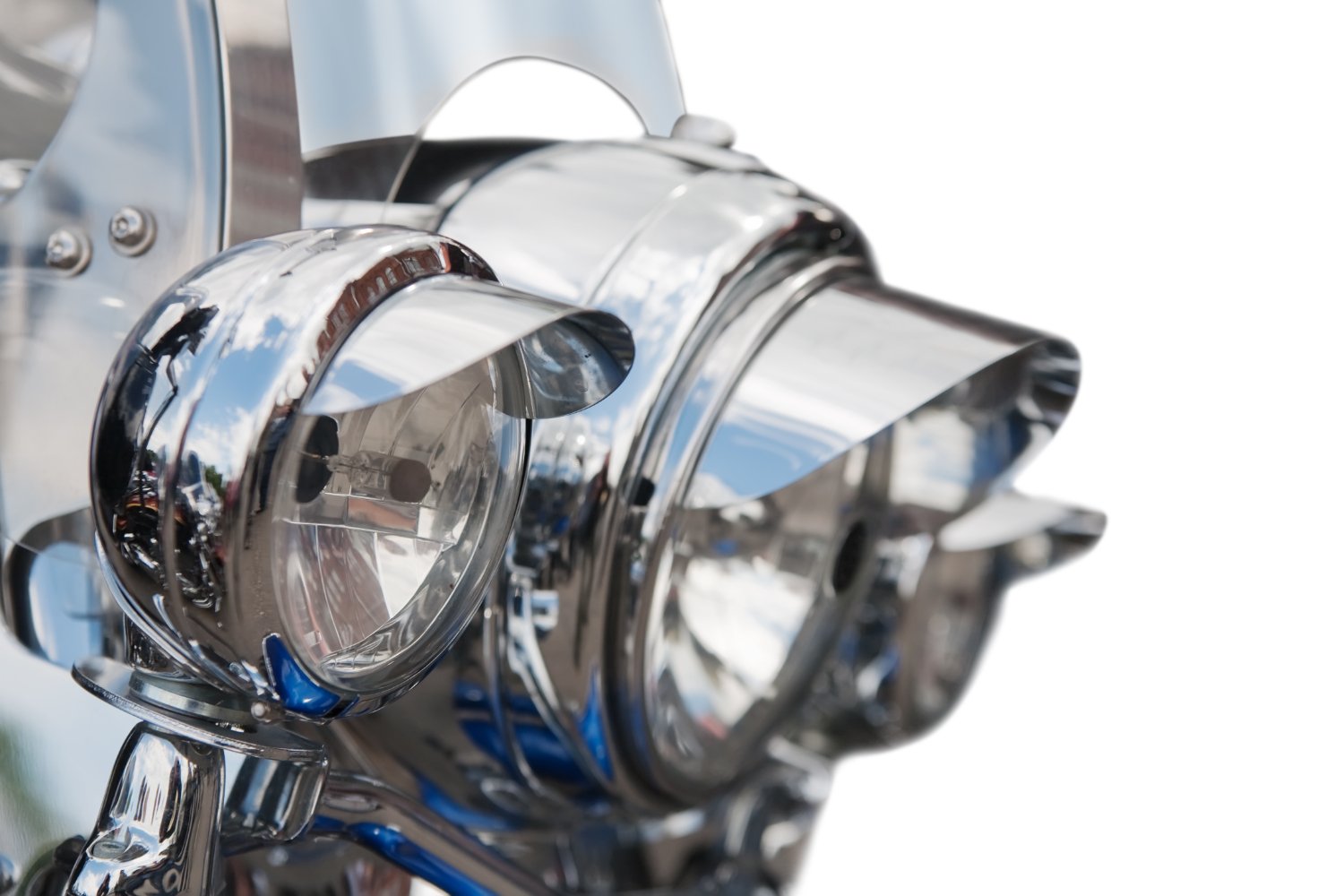Ergosterol Inhibition: A Key Target in Antifungal Therapy
January 7, 2025 | by usmandar091@gmail.com

Introduction
Ergosterol, a sterol component of fungal cell membranes, plays a crucial role in maintaining membrane integrity, fluidity, and functionality. Unlike humans, who use cholesterol in their cell membranes, fungi rely on ergosterol, making it an ideal target for antifungal agents. The inhibition of ergosterol biosynthesis disrupts fungal cellular processes, leading to the suppression or death of the pathogen. This article provides a detailed examination of ergosterol inhibition, including its mechanisms, pharmacological applications, challenges, and future directions.

Role of Ergosterol in Fungal Physiology
Ergosterol serves as a structural and functional component in fungal membranes. It:
- Maintains membrane integrity by regulating permeability.
- Facilitates membrane protein function, including transporters and enzymes.
- Supports fungal cell growth and replication.
Targeting ergosterol or its biosynthetic pathway selectively harms fungi without affecting human cells, minimizing toxicity.
Ergosterol Biosynthesis Pathway
The ergosterol biosynthesis pathway involves multiple enzymatic steps that convert simple precursors like acetyl-CoA into ergosterol. Key steps include:
- Squalene synthesis: Conversion of acetyl-CoA to squalene via the mevalonate pathway.
- Squalene epoxidation: Squalene is converted to 2,3-oxidosqualene by squalene epoxidase.
- Lanosterol synthesis: Cyclization of 2,3-oxidosqualene to lanosterol.
- Lanosterol demethylation: Conversion of lanosterol to ergosterol through multiple demethylation, reduction, and isomerization steps.
Each step involves specific enzymes that serve as potential targets for antifungal agents.
Mechanisms of Ergosterol Inhibition
Antifungal agents targeting ergosterol act either directly on ergosterol or inhibit enzymes in its biosynthetic pathway. The main mechanisms include:
- Inhibition of Squalene Epoxidase:
- Drugs like terbinafine inhibit squalene epoxidase, preventing the conversion of squalene to 2,3-oxidosqualene. This leads to squalene accumulation, which is toxic to fungal cells.
- Inhibition of Lanosterol 14α-Demethylase:
- Azole antifungals (e.g., fluconazole, itraconazole, voriconazole) target lanosterol 14α-demethylase, a cytochrome P450 enzyme. This inhibition disrupts ergosterol synthesis and causes the accumulation of toxic sterol intermediates, impairing membrane function.
- Binding to Ergosterol:
- Polyenes (e.g., amphotericin B, nystatin) bind directly to ergosterol in the fungal membrane, forming pores that increase membrane permeability. This results in the leakage of cellular contents and fungal cell death.
Antifungal Agents Targeting Ergosterol
Table of Contents
- Azoles:
- Examples: Fluconazole, ketoconazole, itraconazole, voriconazole, posaconazole.
- Mechanism: Inhibit lanosterol 14α-demethylase.
- Applications: Used for systemic and superficial fungal infections, including candidiasis, aspergillosis, and dermatophytosis.
- Polyenes:
- Examples: Amphotericin B, nystatin.
- Mechanism: Bind to ergosterol, disrupting membrane integrity.
- Applications: Effective against severe systemic infections like cryptococcosis and invasive aspergillosis.
- Allylamines:
- Examples: Terbinafine, naftifine.
- Mechanism: Inhibit squalene epoxidase.
- Applications: Commonly used for dermatophyte infections like athlete’s foot and onychomycosis.
Clinical Applications
Ergosterol-targeting antifungals are used to treat a variety of fungal infections:
- Superficial Mycoses: Includes tinea pedis, tinea capitis, and onychomycosis.
- Systemic Mycoses: Such as histoplasmosis, blastomycosis, and invasive aspergillosis.
- Opportunistic Infections: Candidiasis and cryptococcosis in immunocompromised patients.
Resistance to Ergosterol-Targeting Agents
Fungal resistance to ergosterol inhibitors is an increasing concern. Mechanisms of resistance include:
- Efflux Pumps: Overexpression of transporters like ATP-binding cassette (ABC) pumps expels antifungal agents from fungal cells.
- Target Site Mutations: Alterations in lanosterol 14α-demethylase reduce azole binding.
- Alternative Pathways: Fungi may bypass the need for ergosterol by synthesizing alternative sterols.
- Biofilm Formation: Biofilms protect fungal cells from antifungal agents, enhancing resistance.
Advantages and Limitations
Advantages:
- Selective toxicity: Specificity for fungal cells minimizes human toxicity.
- Broad spectrum: Effective against a wide range of fungal pathogens.
Limitations:
- Resistance: Widespread use of azoles has led to significant resistance.
- Toxicity: Polyenes, especially amphotericin B, can cause nephrotoxicity.
- Drug interactions: Azoles inhibit cytochrome P450 enzymes, leading to interactions with other drugs.

Future Directions
To overcome resistance and enhance efficacy, ongoing research is exploring:
- New Drug Development: Identifying novel inhibitors of the ergosterol pathway.
- Combination Therapies: Using ergosterol inhibitors alongside other antifungals or immunomodulators.
- Nanotechnology: Enhancing drug delivery to infected tissues through nanoparticles.
- Genomic Studies: Understanding fungal resistance mechanisms through genomic and proteomic analyses.
Conclusion
Ergosterol inhibition remains a cornerstone of antifungal therapy, with drugs targeting this pathway providing effective treatment for a wide range of infections. Despite challenges such as resistance and toxicity, advancements in drug development and combination strategies hold promise for improving therapeutic outcomes. As fungal infections continue to pose a significant threat, especially to immunocompromised individuals, ergosterol inhibition will remain a critical area of focus in antifungal research.
RELATED POSTS
View all


